“Stainless steel machining converts the raw materials into the desired shape by removing the material with suitable machining operations and cutting tools.”
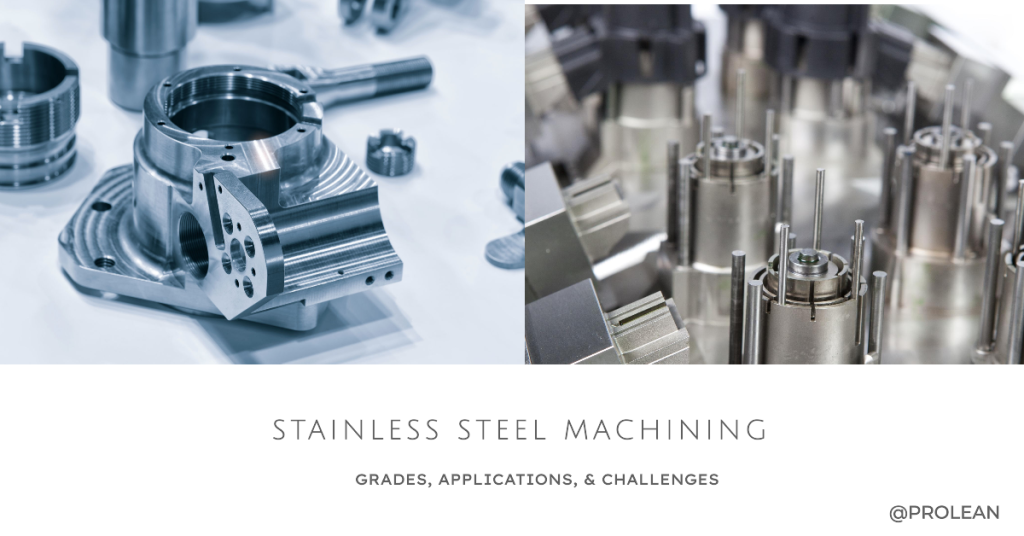
We can see the stainless parts everywhere, from screws for furniture to automotive & medical components. These applications are manufactured using different methods, including stainless steel machining, metal fabrication, casting, and forging. The machining operations remove the material from the stainless steel workpiece using suitable cutting tools until the desired shape is formed.
Cutting, milling, turning, drilling, grinding, and other machining processes are applied to the stainless steel according to the design of the intended parts. This article will elaborate on the different stainless steel machining techniques, applications, etc.
Introduction to Stainless Steel Machining
Stainless steel is a high-strength and corrosion-resistant alloy with a minimum of 10.2 % chromium and 1.2 % carbon. It can be machined with both conventional machining equipment and advanced CNC machines. Conventional machining of stainless steel involves manually operating machines like lathes and conventional milling machines, which is typically time-consuming and requires expert operators. Consequently, conventional machines are sensitive to precision; they can achieve a tolerance of ±0.13 to 0.25 mm with stainless steel. Meanwhile, stainless steel CNC machining utilizes a computer-controlled process that can automate the tool movement for precise machining faster than manual machining.
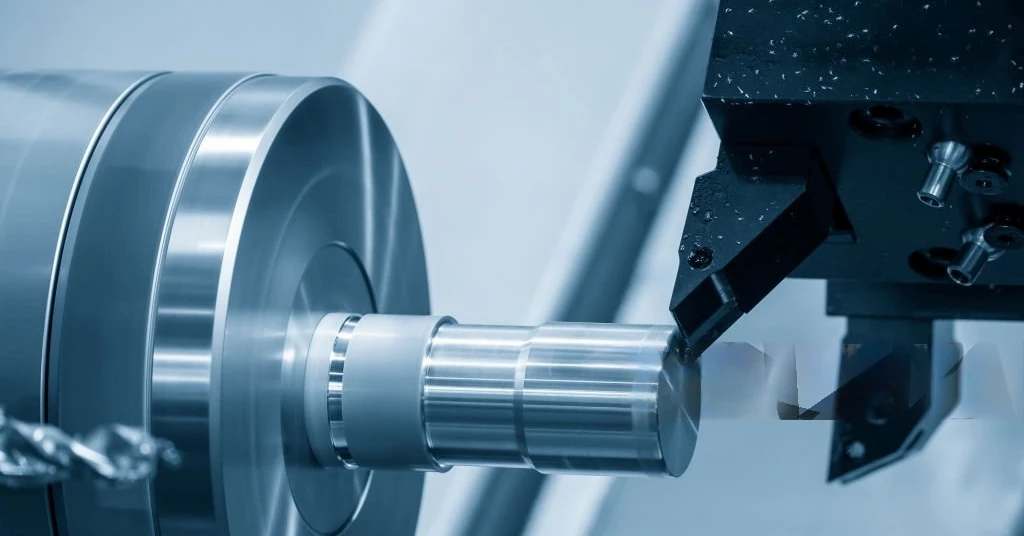
Machining of stainless steel workpiece
Here are the steps of producing CNC machined stainless steel parts;
- Designing: CAD design with detailed features, dimensioning, and tolerance in computer design software.
- G/M code: The CAM software converts the CAD design into G or M-codes, and the information is readable by CNC machining. It is mainly for controlling the tool movement in an optimal machining path.
- Tool & Workpiece Setup: The appropriate cutting tool is fixed in the spindle and stainless steel workpiece in the work table or chuck.
- Machining: The cutting tool follows the directed path automatically until the intended geometry is formed.
- Post-Processing: Surface finishing like grinding, plating, or bead blasting is applied for improved smoothness.
Try Prolean Now!
Stainless Steel Machining Grades
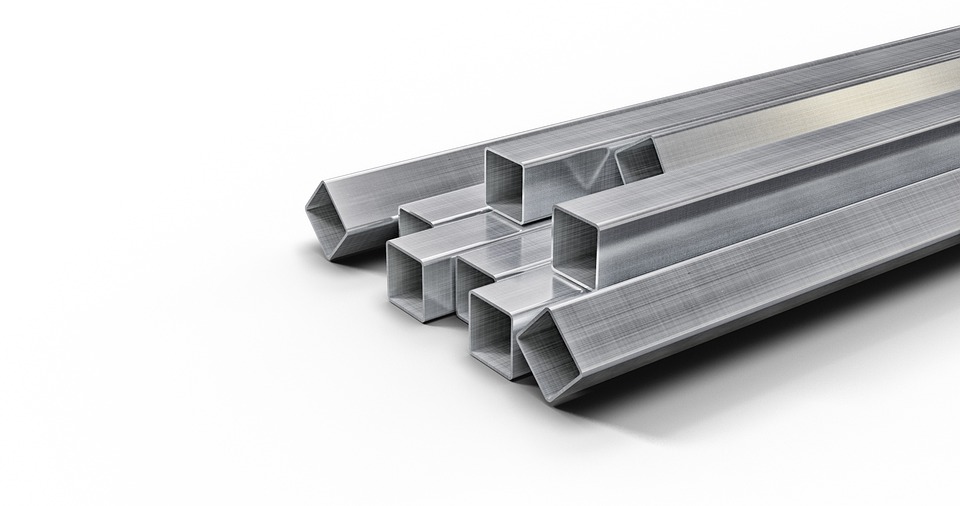
Stainless steels
Almost all stainless steel grades are compatible with CNC machining processes, and some are free-machining grades. This means modified grades with high machinability, such as 303, 316, 403F, and 430F. The free-machining stainless steel grades are made by adding sulfur, selenium, or other elements that act as chip breakers and lubricants during the machining process.
- 303 Stainless Steel (UNS S30300)
- 304 Stainless Steel (UNS S30400)
- 316 Stainless Steel (UNS S30400
- 310S Stainless Steel (UNS S31008)
- 416 Stainless Steel (UNS S41600)
- 420F Stainless Steel (UNS S42020)
- 430FSe Stainless Steel (UNS S43023)
- 17-4 PH Stainless Steel (UNS S17400)
- 304L Stainless Steel (UNS S30403)
- 316L Stainless Steel (UNS S31603)
Moreover, 304 and 316 are the two popular grades in machining projects. Comparing 304 vs. 316 stainless steel, 316 contains 2-3 % higher amounts of nickel than 304, significantly enhancing the corrosion resistance against chloride environments. Additionally, there is another method to make stainless steel parts superior to corrosion resistance, called Passivation of Stainless Steel. It develops a layer of 2Cr2O3 on a stainless steel surface neutralising the free iron ions.
Types of Stainless Steel Machining
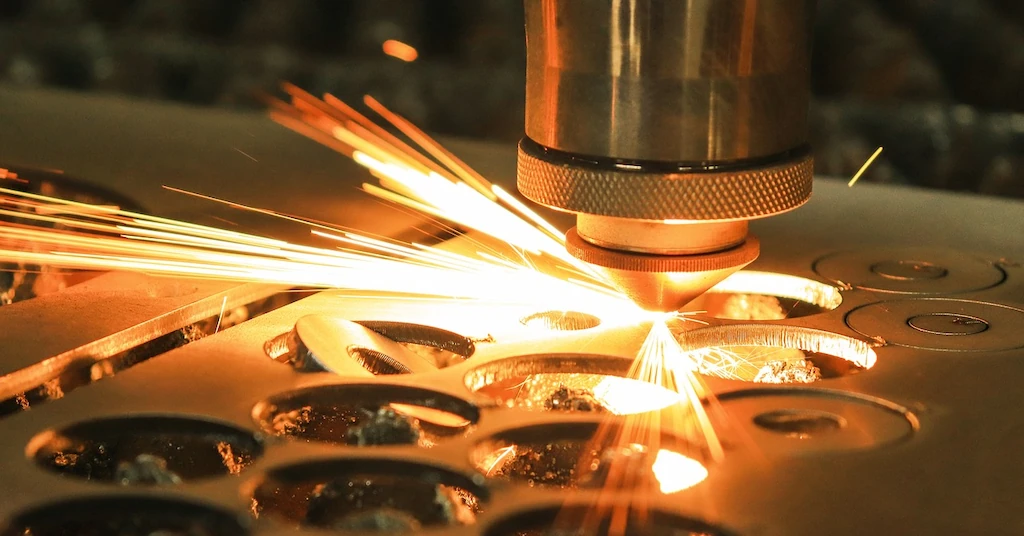
Laser-cut stainless steel
Moreover, the common types of stainless steel machining operations are laser cutting, milling, drilling, turning, and grinding;
Stainless Steel Laser Cutting
Although both fiber and CO2 laser cutters can cut stainless steel, Fiber lasers are preferred due to their speed and precision. Laser cutting stainless steel involves using a highly intense laser beam targeted in the cutting position, which melts or vaporizes the metal to create a clean cut. The power of the laser depends on the thickness of the Stainless Steel Sheet Metal.
Stainless Steel CNC Milling
In stainless steel CNC milling, the workpiece is fixed on a table, and rotating cutters shape it according to the programmed design. This highly versatile machine performs cutting, profiling, drilling, slotting, and contouring operations with appropriate tooling. The typical tolerance of milling stainless steel is 0.13 mm, but it can be as low as 0.05 mm. Next, CNC stainless steel milling can produce complex parts for diverse industrial applications, from automotive components to food-processing equipment.
Stainless Steel CNC Turning
In the turning type of stainless steel machining, a steel workpiece is rotated instead of the cutting tool, removing material to shape it into the designed geometry. It is ideal for axially symmetric stainless steel parts such as shafts and bushings. Additionally, CNC lathes or Turing machines are used for this machining process.
Stainless Steel CNC Drilling
A CNC drilling machine uses carbide or diamond-coated drill bits to create deep holes in stainless steel workpieces. Drilling stainless steel machining mainly deals with cylindrical holes of different diameters. It is commonly used to manufacture components that require precise holes, such as printed circuit boards (PCBs), engine parts, and industrial components and equipment.
Stainless Steel CNC Grinding
It is the post-processing step in which CNC-machined stainless steel parts are fed into a rotating grinding wheel containing an abrasive layer on top. This process removes minor materials from the stainless steel surface and removes surface defects and irregularities for a smooth ( up to 0.13 μm) and uniform surface. The common abrasives for stainless steel grinding are Aluminum Oxide (Al2O3), Zirconia Alumina, and Silicon Carbide (SiC).
Meanwhile, the grain-size distribution for grinding stainless steel is as follows;
- Coarse Grit (16 – 60): Initial rapid material removal, rough grinding.
- Medium Grit (80 – 180): Intermediate grinding to prepare surfaces for further finishing, such as anodizing or plating.
- Very Fine Grit (800 – 3000): This high-gloss finishing technique removes fine scratches and achieves a mirror-like finish.
Stainless Steel Bending
Stainless steel sheets, tubes, and bars can be bent into specific shapes or profiles. In fabrication and manufacturing, bending stainless steel is used for diverse parts and products. Some examples are automotive exhaust systems, aerospace structural components, ductwork, etc.
The mechanism of stainless steel bending typically involves a press-brake and die mechanism. The worksheet is placed into the die of the required bending angle( U and V are common dies). Then , the press brake applies the pressure to the piece, causing it to deform along a desired angle or curve. Techniques include press braking, roll bending, and rotary draw bending, each using specific tools to achieve precise, repeatable bends.
Try Prolean Now!
Applications of Stainless Steel Machining in Different Industries
Stainless steel machining is used in applications requiring high strength, corrosion, and wear resistance. Carbon-grade steels are also suitable for ductile parts and products. Moreover, this manufacturing method is flexible with production volume, from rapid prototyping to large-scale production runs.
The application examples of machining stainless steel are as follows;
- Aerospace: Aircraft engine components, landing gear parts, fasteners, hydraulic system components, turbine blades, heat shields, fuel system components, etc.
- Automotive: Exhaust system components, gear shafts, engine valves, chassis components, fuel injectors, suspension parts, etc.
- Medical: Surgical instruments, implants, hypodermic needles, cardiovascular stents, medical furniture, etc.
- Food Processing: Storage tanks, conveyors, cutting and slicing tools, filling & packaging machinery, heat exchangers, mixer equipment, etc.
- Oil and Gas: High-pressure pump components, valve bodies, downhole tools, flanges & connectors, drilling equipment parts, etc.
- Electronics: Heat sinks, enclosures, PCB supports, mounting brackets, etc.
- Marine: Engine parts, propeller shafts, deck hardware, hull fittings, steering components, etc.
Challenges of Stainless Steel Machining
Although stainless steel machining has several benefits, its hardness, quick hardening due to heat build-up, and poor surface finishing are the main challenges in the machining process. However, these can be addressed or resolved with countermeasures.
Table: Challenges in Stainless Steel Machining
|
Challenge |
Description |
Solution |
|
Machinability |
The quick hardening properties cause rapid tool wear. |
Custom tool design & material for stainless steel machining |
|
Overheating |
Its low heat conductivity leads to rapid overheating and affects both the material and the tools. |
Use low-speed tools (under 4000 rpm) to minimize heat buildup |
|
Prolonged Process |
The hardness and strength make stainless steel machining slower. |
Select the right tools and cutting speed |
|
Achieving Perfect Finish |
Attaining a perfect finish on stainless steel is difficult |
Use sharp and precise tools. There are no shortcuts to achieving a high-quality finish. |
Manufacture your Stainless Steel Parts at ProleanTech
The CNC manufacturing of stainless steel requires an understanding of material properties and an appropriate selection of machining tools. At Proleantech, our expert engineers work closely with clients to understand the requirements and execute the machining with advanced multi-axis CNC equipment.
Furthermore, our experience collaborating with automotive, aerospace, medical, industrial processing, and other diverse industries can help you be competitive in the market. Our extensive network of material-supply chains and advanced CNC infrastructure reduce machining costs significantly compared to Western companies.
Thus, send us your engineering design with the project’s required specifications to leverage our stainless steel machining services. We will get back to you with a detailed quote and further planning for your project.
Try Prolean Now!
Key Takeaways
- Stainless steel is a high-strength, corrosion-resistant alloy that can be machinable with conventional and advanced CNC equipment.
- The common machining types are milling, turning, drilling, grinding and laser cutting.
- Due to added elements such as sulphur and selenium, free-machining grades like 303, 316, 416, and 430F are modified for better machinability.
- The applications are widely used in aerospace, automotive, medical, food processing, oil and gas, electronics, marine, and many more industries.
- Some potential challenges in machining stainless steel include poor machinability, overheating, long cycle time, and perfect finish.
FAQs
What are the stainless steel machining processes?
CNC milling, turning, drilling, grinding, and laser cutting are standard machining methods for stainless steel workpieces. Manufacturers select the process based on the machined part’s required precision, complexity, and application.
Are CNC-machined steel parts durable?
Yes, CNC-machined steel parts are highly durable. With periodic maintenance, they often last more than 20+ years.
Is it expensive to machine stainless steel grades?
Tooling can be more expensive than other softer metals and plastics, but the benefits, such as corrosion resistance and strength, justify the slightly higher costs.
Which CNC cutting tools are suitable for stainless steel machining?
CNC cutting tools suitable for stainless steel machining include carbide-tipped, high-speed steel (HSS), and ceramic tools because of their high temperatures and pressure handling capabilities.
What are the uses of stainless steel machining parts?
CNC machines and stainless steel components are used in aerospace, automotive, medical devices, food and beverage processing, and construction.
Read More:

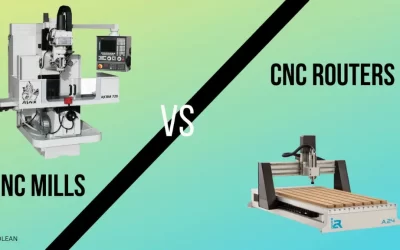
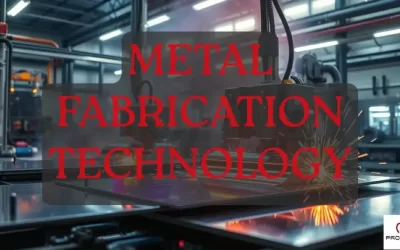
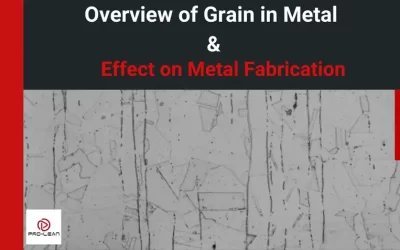
0 Comments